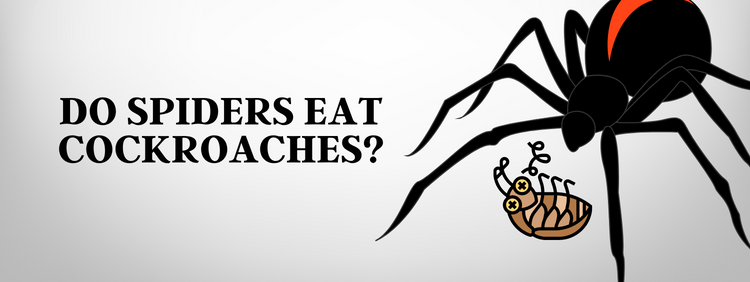 As a Waterloo homeowner, insect control in and around your property is probably a concern. Many insects can cause damage to your home, invade stored food and even carry diseases. Few species of insect are as invasive as cockroaches, and when they make their way into your home, spiders may follow. At Truly Nolen, we can assist you with spider control in Waterloo and offer you a few tips about the spiders you may see in your home and why roaches might attract them.
As a Waterloo homeowner, insect control in and around your property is probably a concern. Many insects can cause damage to your home, invade stored food and even carry diseases. Few species of insect are as invasive as cockroaches, and when they make their way into your home, spiders may follow. At Truly Nolen, we can assist you with spider control in Waterloo and offer you a few tips about the spiders you may see in your home and why roaches might attract them.
 As a Waterloo homeowner, insect control in and around your property is probably a concern. Many insects can cause damage to your home, invade stored food and even carry diseases. Few species of insect are as invasive as cockroaches, and when they make their way into your home, spiders may follow. At Truly Nolen, we can assist you with spider control in Waterloo and offer you a few tips about the spiders you may see in your home and why roaches might attract them.
As a Waterloo homeowner, insect control in and around your property is probably a concern. Many insects can cause damage to your home, invade stored food and even carry diseases. Few species of insect are as invasive as cockroaches, and when they make their way into your home, spiders may follow. At Truly Nolen, we can assist you with spider control in Waterloo and offer you a few tips about the spiders you may see in your home and why roaches might attract them.

